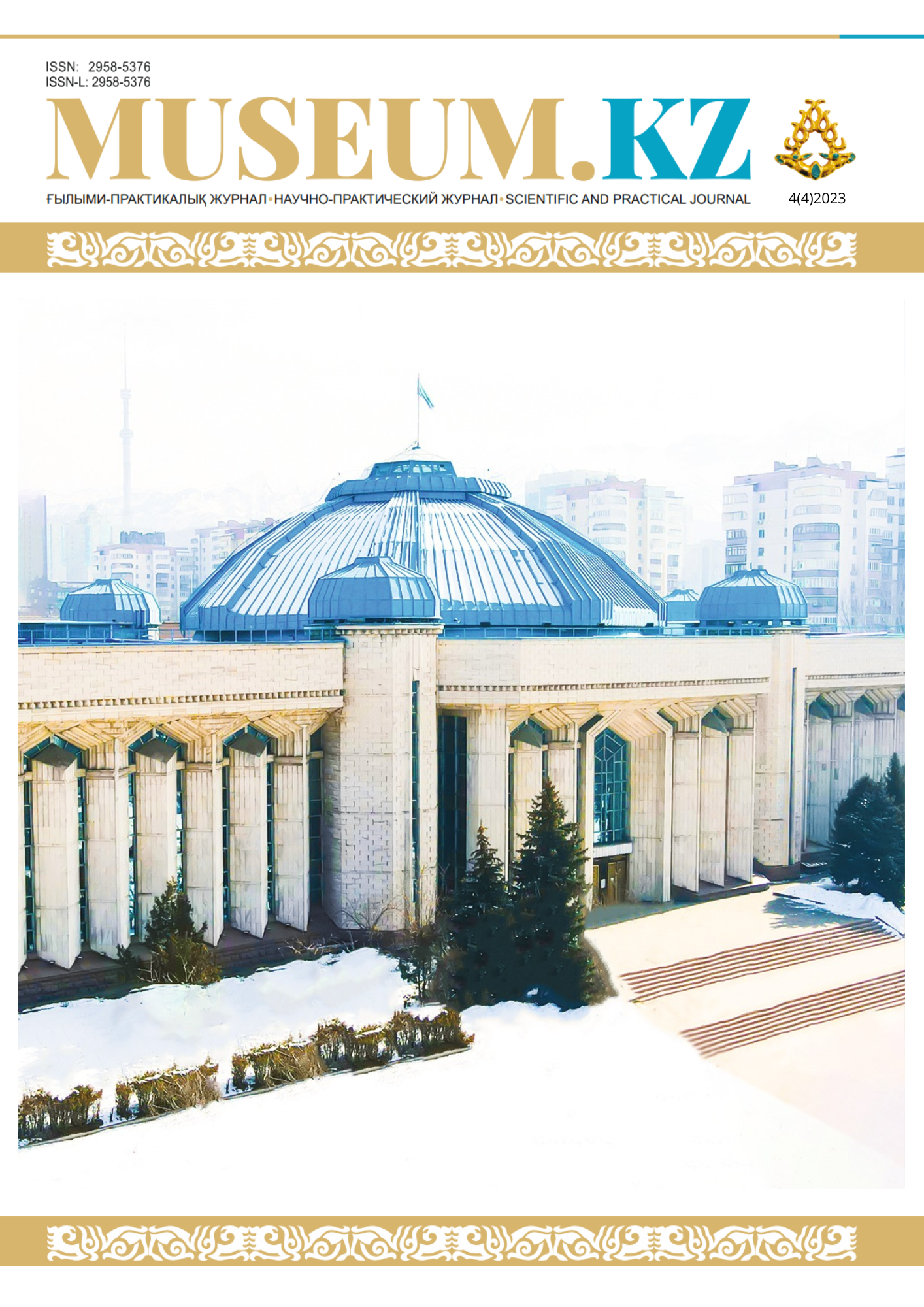THE MAIN TRENDS OF ETHNODEMOGRAPHIC DEVELOPMENT OF THE SOUTH OF KYRGYZSTAN: LANGUAGE COMPOSITION OF THE POPULATION
DOI:
https://doi.org/10.59103/muzkz.2023.04.03Keywords:
Kyrgyzstan, linguistic composition of the population, Kyrgyz language, Russian language, ethnic group, ethno-demography, linguistic diversityAbstract
The Kyrgyz are the titular nation and ethnic group, which is one of the largest in Kyrgyzstan. Kyrgyz people have a rich historical heritage and culture. The Kyrgyz language is the official language of Kyrgyzstan. The main symbol and means of communication of a nation, promoting its independence, serving its spirit and statehood, is its language. Today, protecting the native and national language for the Kyrgyz people and being able to leave it to future generations as it was is becoming more and more difficult, and also requires a more balanced approach. Language is one of the most important issues for multinational countries; it is considered a means of communication, the main symbol of ethnicity and an element of the culture of each people. In 2019, an ethno-sociological study was conducted on the basis of the project “Migration and ethno-demographic processes in the south of Kyrgyzstan”. In order to determine the role of the Kyrgyz language in the education of the younger generation, the results of a survey in Osh, Batken and Jalal-Abad regions were published. Its results are analyzed in detail in the article and the main trends in the ethno-demographic development of the south of Kyrgyzstan are examined, with special attention to the linguistic composition of the population. The work analyzes changes in the ethnic composition of the region's population, factors influencing ethnic dynamics, as well as language preferences and problems of multilingualism among residents of southern Kyrgyzstan, the impact of linguistic diversity on lifestyle and interaction between different ethnic groups. In addition, the study analyzes the presence of linguistic minorities and their degree of preservation in conditions of dominance of other languages. The results of the study may be useful for developing policies aimed at maintaining a multilingual environment and cultural diversity, as well as for improving social integration in the region. All these aspects together provide a comprehensive understanding of the ethno-demographic and linguistic situation in the south of Kyrgyzstan, which can serve as the basis for developing recommendations and strategies in the field of language policy and interethnic relations in the region.
Materials and methods of research: materials of the 2019 ethno-sociological survey. The data was processed and digitized for individual villages, cities identified from our sample, three regions and general data for the south of Kyrgyzstan, and also divided by gender, age, marital status, level of education and sphere of employment of the respondents. Language behavior was expressed through the question of mandatory knowledge of the state language and preference for the language of instruction for their children.
During the study, the following research methods were used: analysis of statistical materials; observation; conversation; survey of respondents; analysis of survey materials; analysis of media materials.







